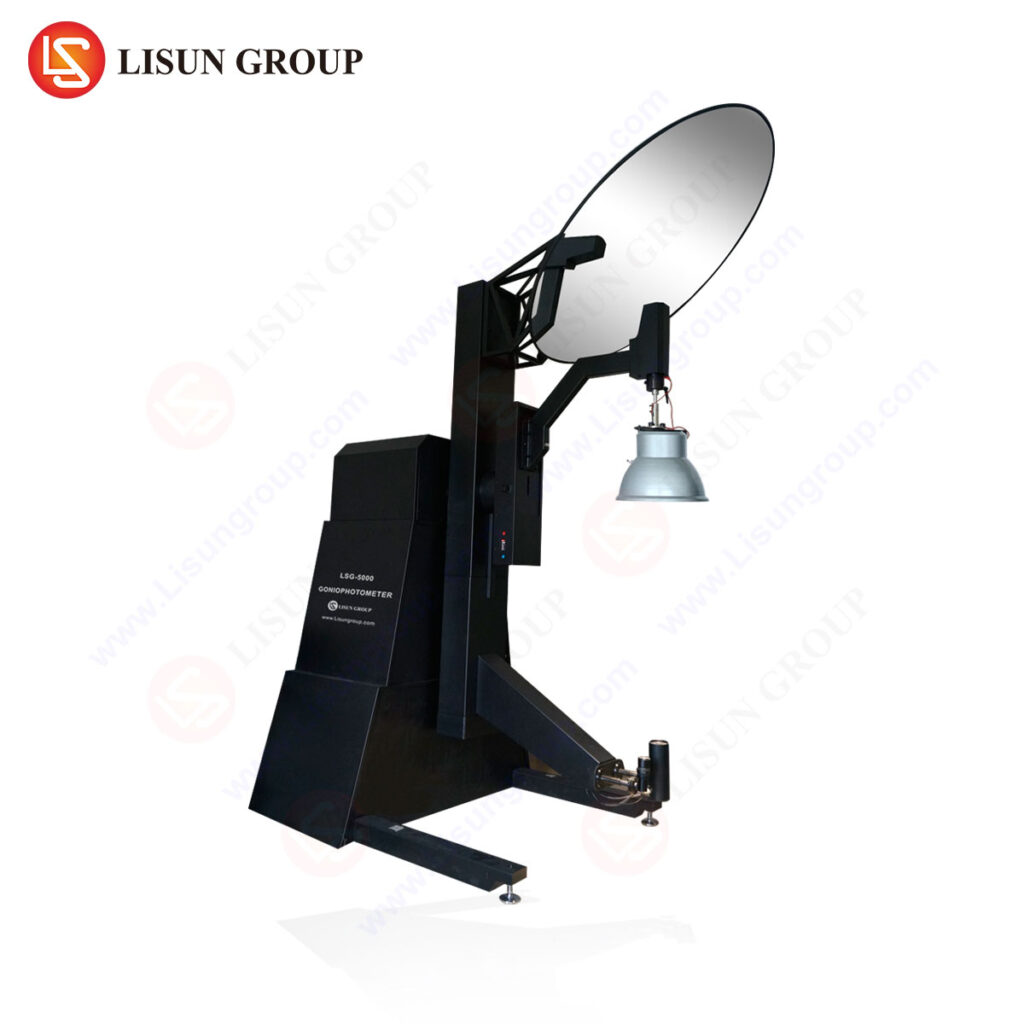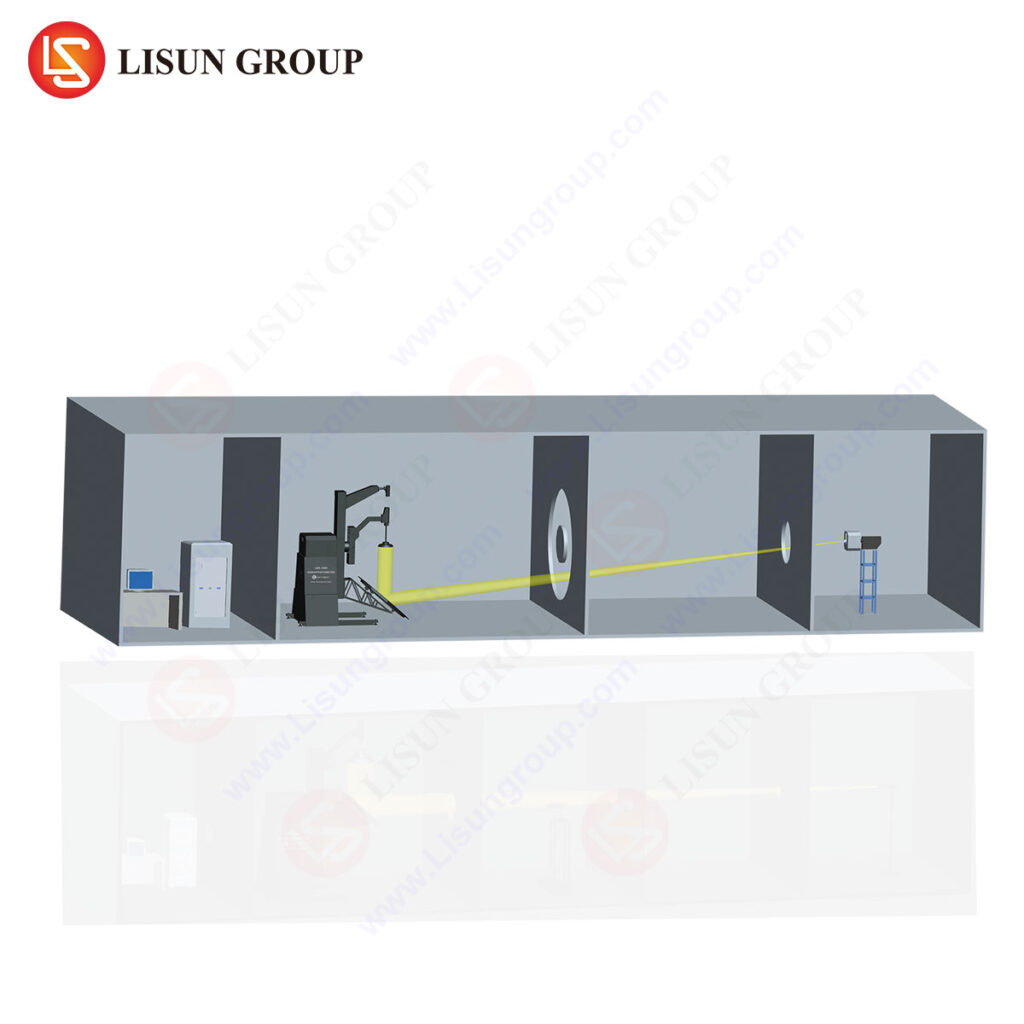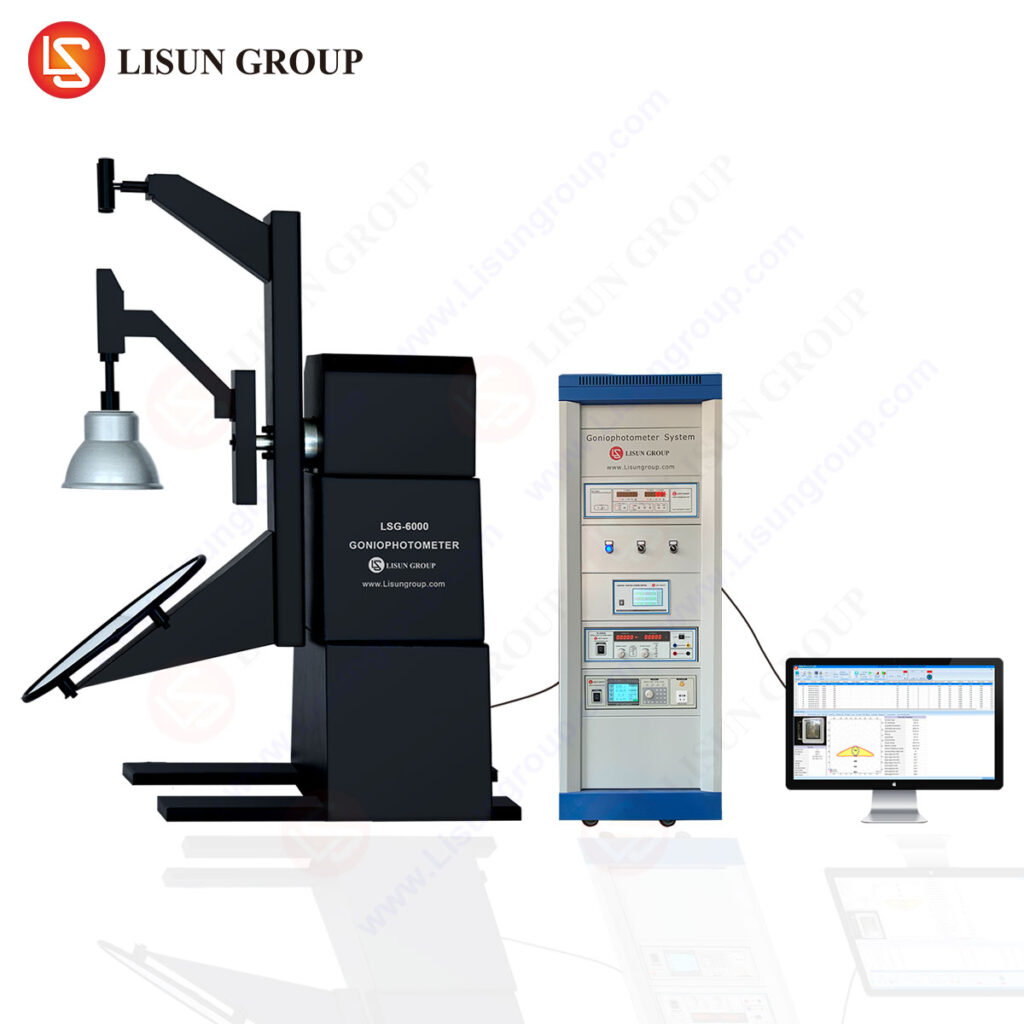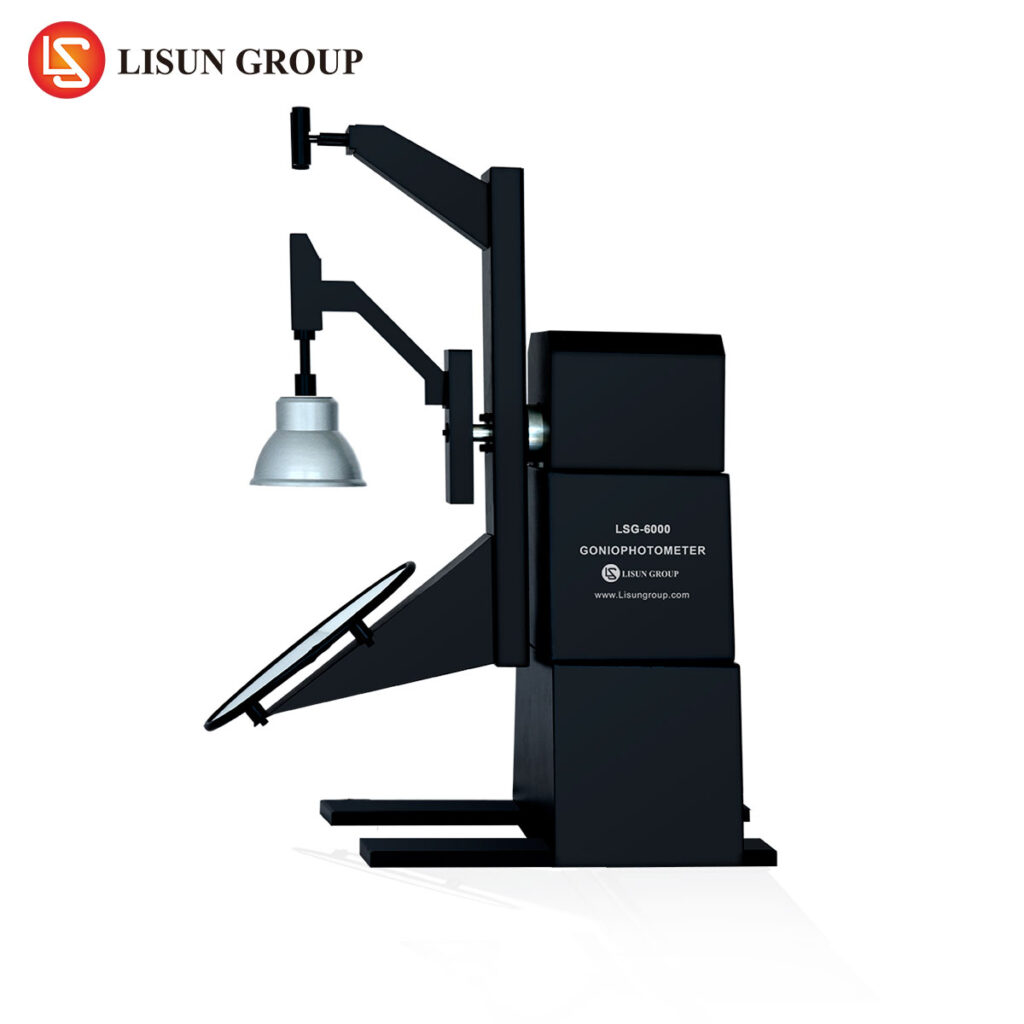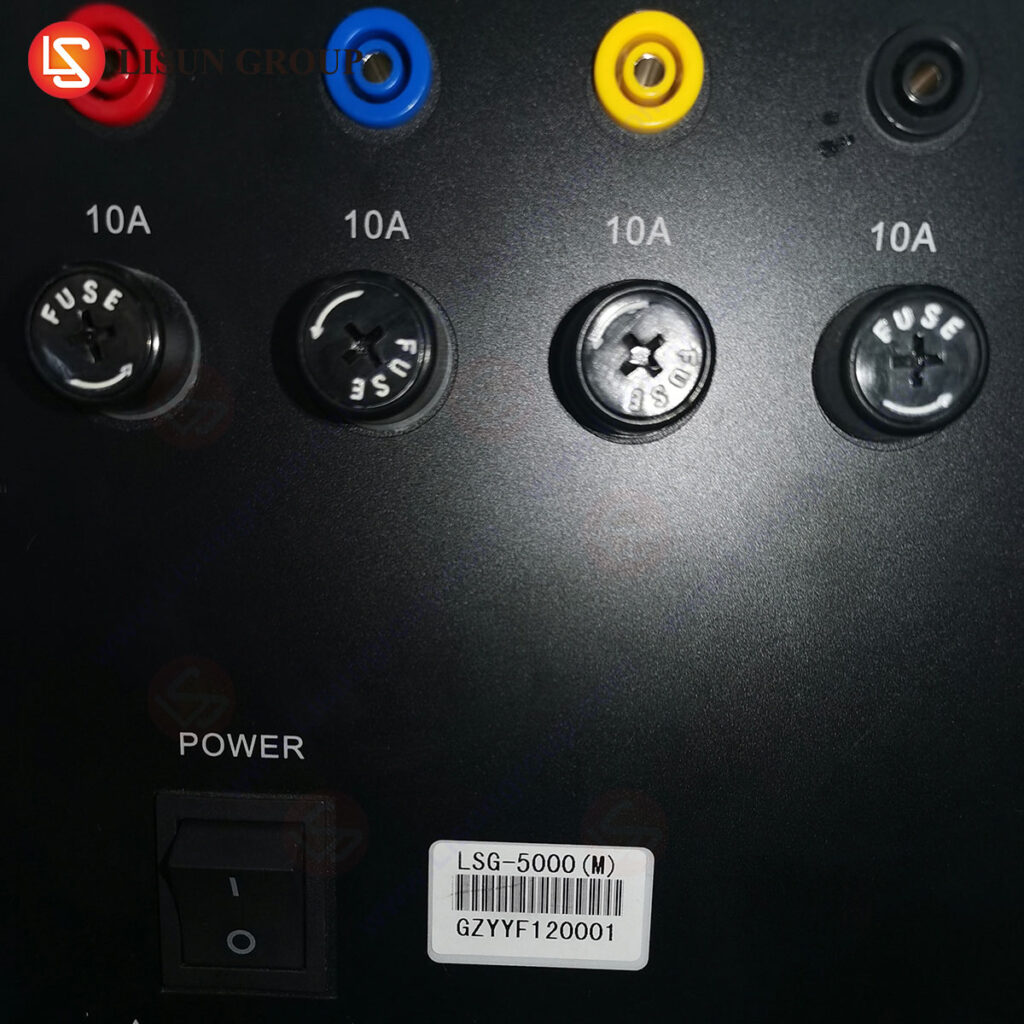Introduction to goniophotometry: The Future of LED Testing and Analysis
goniophotometry is a method of testing and analyzing LED luminaires that is becoming increasingly popular in the lighting industry. This method of testing and analysis is used to measure the light output of LED luminaires and to determine the quality of the light produced. Goniophotometry is a relatively new technology, but it is quickly becoming the preferred method of testing and analyzing LED luminaires due to its accuracy and efficiency.
Goniophotometry is a process that uses a specialized device called a goniophotometer to measure the light output of LED luminaires. The goniophotometer is a device that is designed to measure the light output of LED luminaires in a variety of ways. It can measure the total light output, the color temperature, the color rendering index, and the beam angle of the LED luminaire. The goniophotometer is also capable of measuring the light output of LED luminaires in different directions, allowing for a more accurate analysis of the light output of the LED luminaire.
Goniophotometry is a valuable tool for LED luminaire manufacturers and lighting designers. By using a goniophotometer, manufacturers and designers can accurately measure the light output of LED luminaires and determine the quality of the light produced. This information can then be used to make adjustments to the LED luminaire to ensure that it produces the desired light output. Additionally, goniophotometry can be used to compare the light output of different LED luminaires, allowing manufacturers and designers to make informed decisions about which LED luminaire is best suited for their needs.
Advantages of Goniophotometry
Goniophotometry offers a number of advantages over traditional methods of testing and analyzing LED luminaires. The most significant advantage of goniophotometry is its accuracy. Goniophotometry is capable of measuring the light output of LED luminaires with a high degree of accuracy, allowing manufacturers and designers to make informed decisions about the quality of the light produced by the LED luminaire. Additionally, goniophotometry is a relatively quick and easy process, allowing manufacturers and designers to quickly and accurately measure the light output of LED luminaires.
Another advantage of goniophotometry is its ability to measure the light output of LED luminaires in different directions. This allows manufacturers and designers to accurately measure the light output of LED luminaires in different directions, allowing them to make informed decisions about the quality of the light produced by the LED luminaire. Additionally, goniophotometry can be used to compare the light output of different LED luminaires, allowing manufacturers and designers to make informed decisions about which LED luminaire is best suited for their needs.
Disadvantages of Goniophotometry
Despite the many advantages of goniophotometry, there are also some disadvantages to this method of testing and analyzing LED luminaires. The most significant disadvantage of goniophotometry is its cost. goniophotometers are relatively expensive, and they require specialized training to operate correctly. Additionally, goniophotometers are not widely available, making it difficult for manufacturers and designers to access this technology.
Conclusion
Goniophotometry is a valuable tool for LED luminaire manufacturers and lighting designers. This method of testing and analyzing LED luminaires offers a number of advantages, including its accuracy and its ability to measure the light output of LED luminaires in different directions. However, goniophotometry also has some disadvantages, including its cost and its limited availability. Despite these drawbacks, goniophotometry is quickly becoming the preferred method of testing and analyzing LED luminaires due to its accuracy and efficiency.
FAQs
Q: What is goniophotometry?
A: Goniophotometry is a method of testing and analyzing LED luminaires that is used to measure the light output of LED luminaires and to determine the quality of the light produced.
Q: What are the advantages of goniophotometry?
A: The advantages of goniophotometry include its accuracy, its ability to measure the light output of LED luminaires in different directions, and its efficiency.
Q: What are the disadvantages of goniophotometry?
A: The disadvantages of goniophotometry include its cost and its limited availability.

